How To Assess Your Business Technology and Identify Gaps

Conducting a business technology assessment is critical for ensuring your company operates efficiently, securely, and cost-effectively. Outdated or inefficient systems can slow growth, reduce productivity, and even pose security risks.
Comprehensive Guide on Church Technology
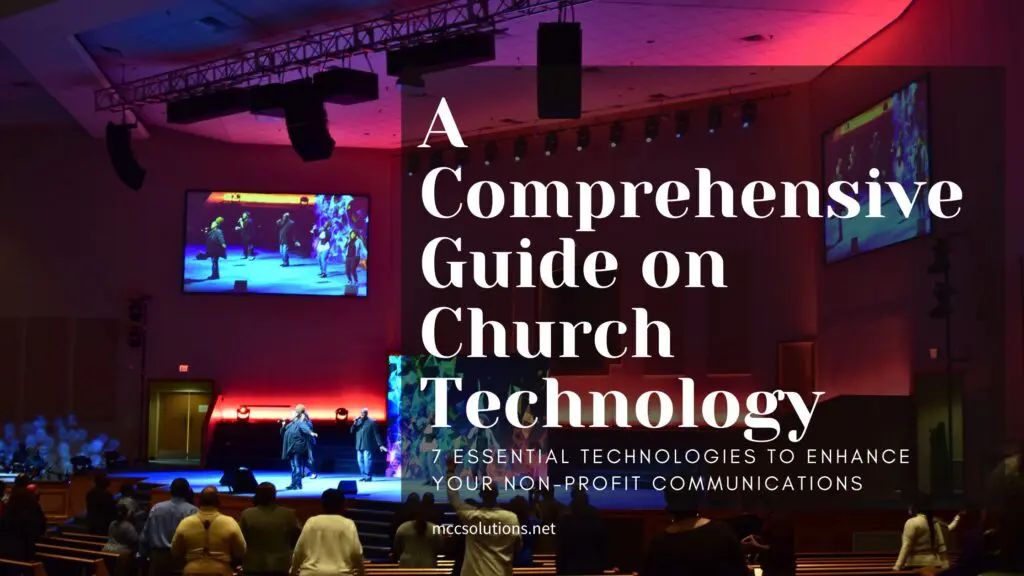
Churches are increasingly embracing technology to enhance worship experiences and improve operational efficiencies, recognizing the importance of staying relevant in a digital age. This comprehensive guide delves into the key technologies that are transforming church environments, such as live streaming services, digital giving platforms, and interactive worship apps.
6 Cost-Saving Technology Ideas for Businesses
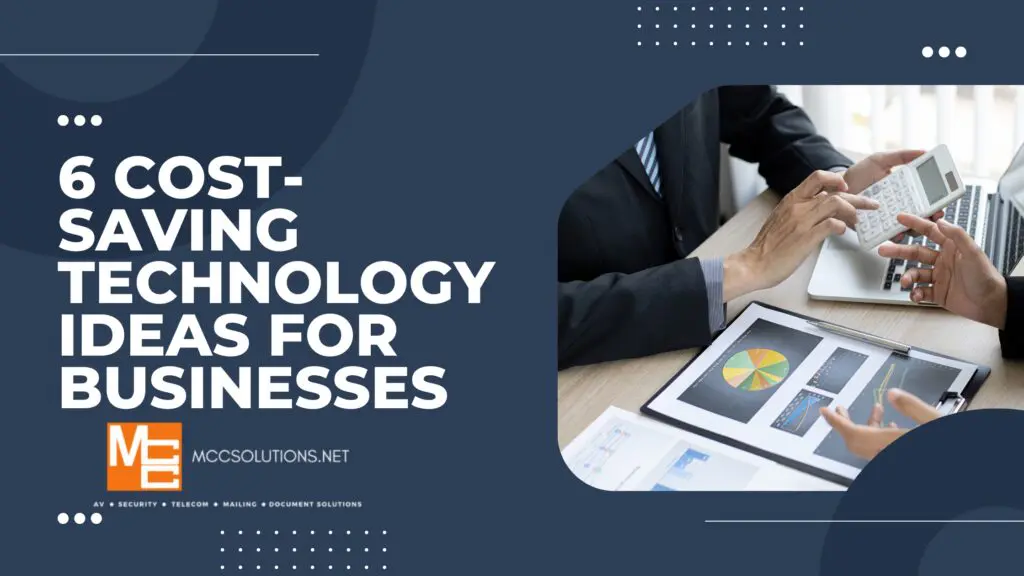
Here are six cost-saving technology examples that can help your business thrive, from advanced software solutions that automate routine tasks to energy-efficient equipment that lowers utility bills, ensuring your organization remains agile and competitive in an ever-evolving market.
How AI is Transforming Modern Office Technologies

In recent years, AI has increasingly integrated into office technologies, transforming traditional systems into more efficient, adaptable, and productive solutions. From video conferencing tools like Webex to sophisticated document management systems, AI is reshaping how businesses operate. In fact, according to a 2024 survey by CompTia, 56% of businesses are using AI to improve and perfect their business operations, with 22% aggressively pursuing integration of AI throughout their business.
Understanding Access Control Systems: Securing Your Business
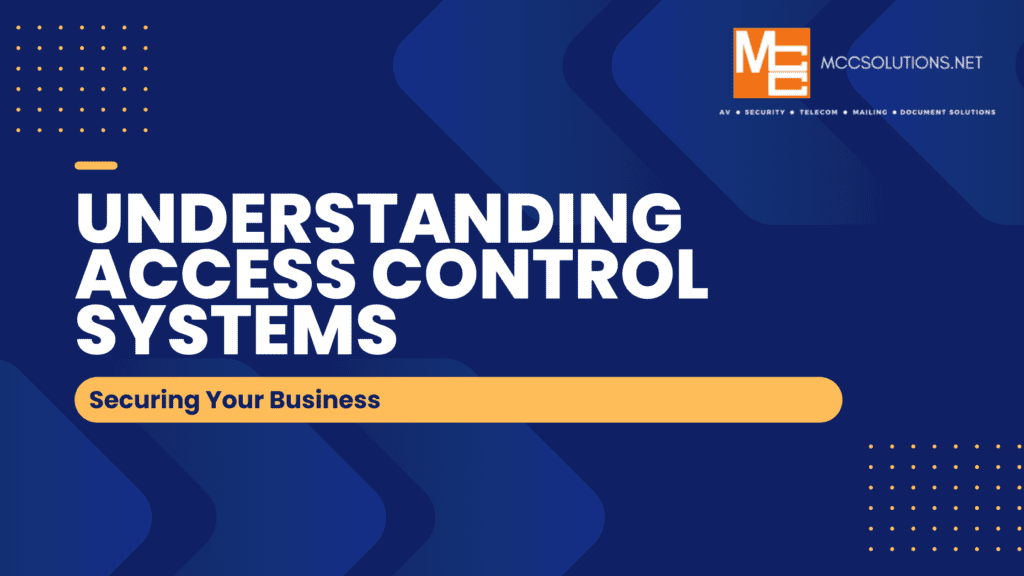
Access control systems, which are electronic systems designed to control who can enter and exit specific areas within a facility, come in various forms. These range from simple fob swipe systems, where a keycard is used for entry, to advanced biometric recognition setups, which use unique physical characteristics like fingerprints for verification. The core function of these systems is to verify the identity of individuals and grant access accordingly. In addition to enhancing security, access control systems offer several supplementary benefits, such as monitoring attendance for payroll purposes and tracking building occupancy in real-time.
Why Physical Security is Crucial for Business Success
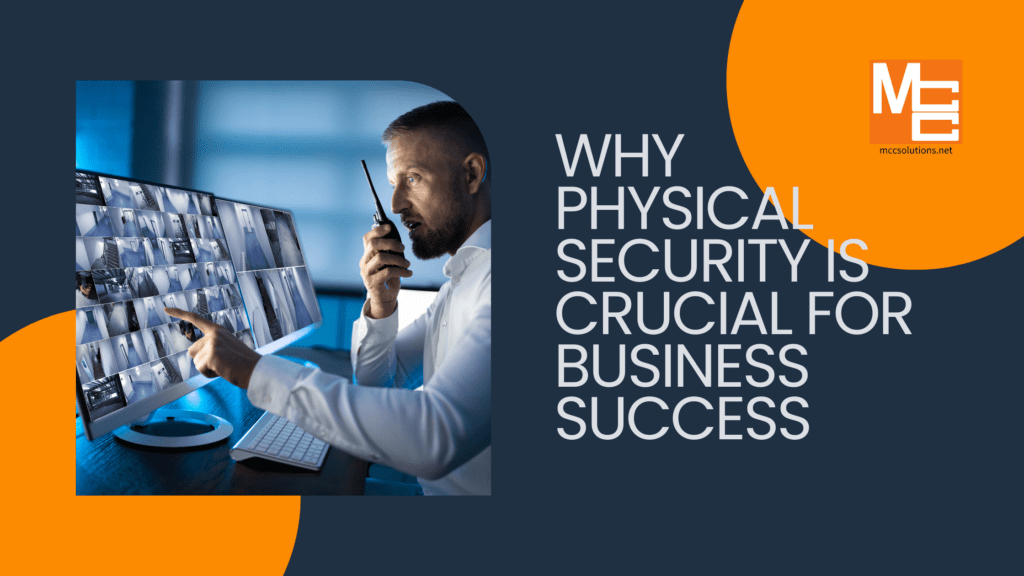
Physical security refers to the measures taken to protect a company’s physical assets from unauthorized access, theft, vandalism, and other types of damage. It involves the deployment of various technologies and strategies aimed at safeguarding buildings, equipment, personnel, and confidential information. Effective physical security measures help prevent unauthorized access, theft, vandalism, and other security threats that can disrupt operations and lead to significant financial losses. As businesses increasingly face sophisticated threats, maintaining robust physical security systems is essential for safeguarding their operations, reputation, and bottom line.
5 Key Considerations for Commercial Security Systems
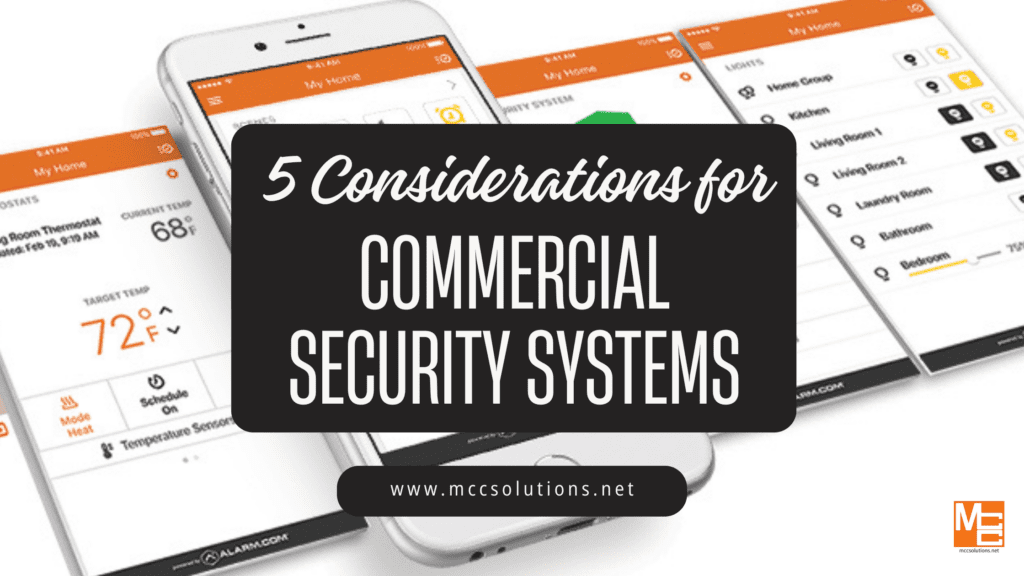
A comprehensive security system not only serves as a deterrent for potential intruders but also provides critical safeguards against data breaches, theft, and vandalism. For businesses, the repercussions of inadequate security measures can range from financial losses to irreversible damage to reputation. Therefore, investing in an effective security system transcends mere asset protection; it is a fundamental component of a company’s operational resilience and sustainability.
Digital Transformation: Your Comprehensive Guide to Achieving Business Success

This blog post will guide you through the key steps to implement digital transformation initiatives successfully, assess your digital readiness, and develop a robust digital strategy.
Monitor Your Business Remotely with Advanced CCTV Solutions
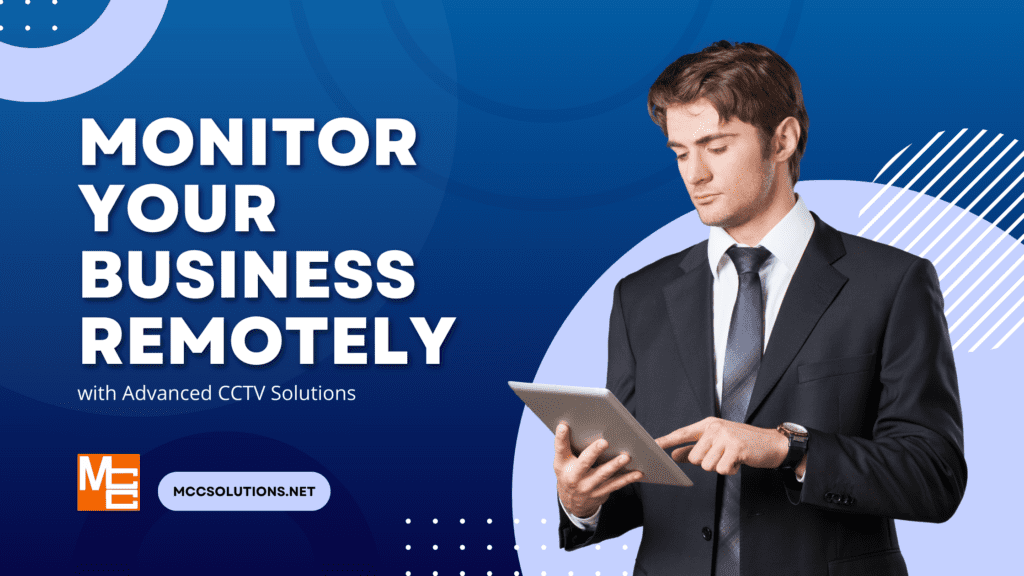
Discover top-notch CCTV solutions & remote monitoring for enhanced business security. Maximize safety with cutting-edge surveillance technology.
Mid-Year Business Security Check-Up
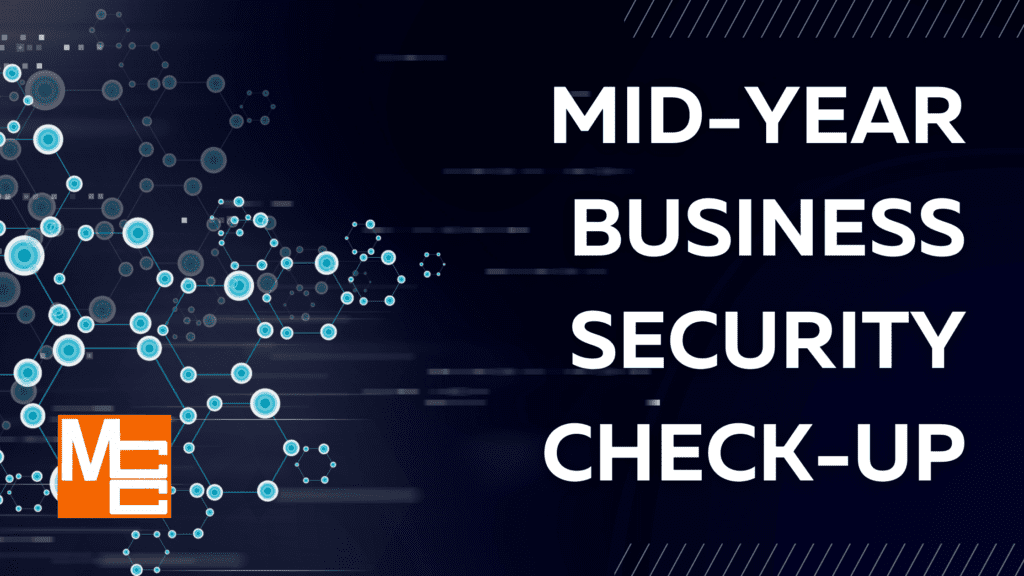
Improving Your Business Security with Access Control and Video Surveillance As the business world evolves, so do the threats and challenges organizations face. With increasing crime and physical security breaches becoming all too common, businesses must continually review and update their security plans. This is especially true for corporate executives and business owners responsible for […]

